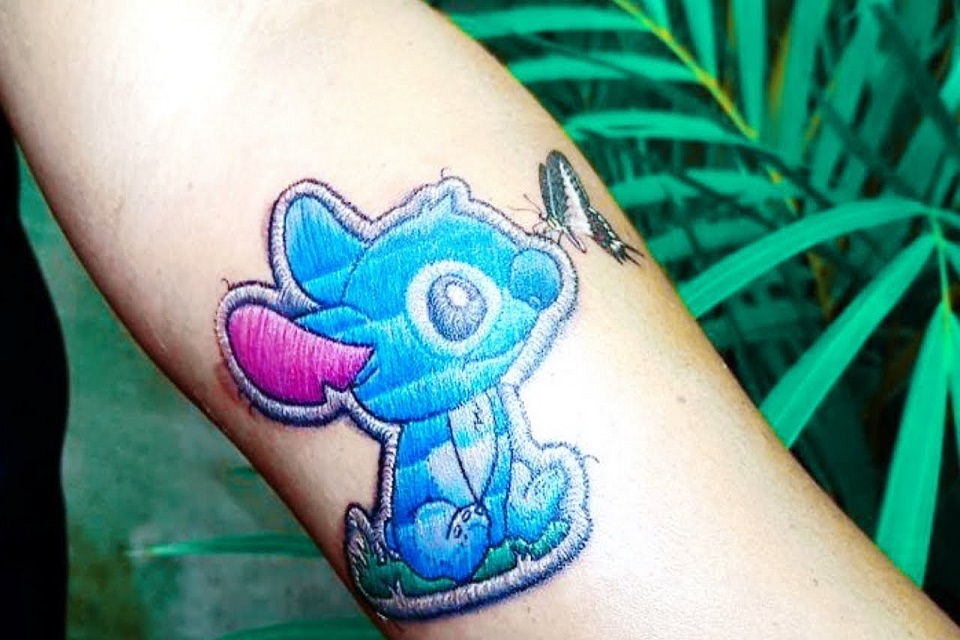People & Lifestyle
The Cultural Tapestry of Tattoo Parlors

Tattoo parlors serve as vibrant hubs of art and expression, illustrating a rich history that spans various cultures and epochs. These establishments are not merely places where one receives ink on the skin; they are sanctuaries of personal and communal identity, canvases of visible narratives, and crossroads of artistic endeavors. We will delve into the historical background, cultural significance, artistic diversity, regulatory environment, and evolving trends of tattoo parlors, painting a comprehensive picture of their role in contemporary society.
Historical Origins and Global Traditions
The art of tattooing is as ancient as it is universal, emerging independently across various cultures worldwide. In ancient times, tattoos were symbols of status, spiritual protection, and even punishment. In Polynesia, intricate patterns conveyed social rank and tribal affiliations, while in ancient Rome, tattoos were sometimes used to mark criminals and slaves. However, The modern tattoo parlor began to take shape in the 19th century, particularly in port cities where sailors acquired tattoos as souvenirs of their voyages, spreading the art form across continents. Over time, these spaces evolved from back-alley operations into professional studios, mirroring the changing societal attitudes towards tattooing. Today, these parlors are recognized as legitimate businesses contributing to the local economy and the global culture of artistry.
Artistic Innovation and Styles
Tattoo places in Austin are the epicenters of artistic innovation where diverse styles and techniques coalesce. Traditional styles such as Japanese Irezumi and American Traditional have joined newer forms like geometric, watercolor, and photorealistic tattoos. Each style represents a unique aesthetic and technical approach, influenced by different historical backgrounds and cultural narratives. Tattoo artists in these parlors continuously push the boundaries of what can be achieved on human skin, experimenting with colors, shading, and dimensions to create stunning visual effects. This creative proliferation enhances the appeal of getting tattooed and elevates tattooing to a respected art form that attracts a diverse clientele ranging from art lovers to celebrities.
Cultural Impact and Social Acceptance
The role of tattoo parlors in cultural and social spheres has expanded significantly in recent decades. Once marginalized, tattooing is now embraced by mainstream culture as a form of personal expression and artistic freedom. This shift is largely facilitated by tattoo parlors that act as bridges between the underground tattoo community and the general public. These establishments foster a positive image of tattooing by hosting art shows, participating in charity events, and engaging in community services. Furthermore, the visibility of tattooed individuals in media and entertainment has played a crucial role in altering public perceptions, making tattoos a common sight in many professions and communities. This acceptance has spurred a growth in demand for tattoos, prompting an increase in the number and variety of tattoo parlors worldwide.
Regulatory Standards and Safety Practices
As tattoo parlors have increased, so has the focus on regulatory standards and safety practices within the industry. Ensuring the health and safety of both artists and clients is paramount. Professional parlors adhere to strict hygiene protocols, including sterilized equipment, single-use needles, and high-quality inks. Many regions have implemented licensing requirements for tattoo artists and regular inspections of tattoo parlors to comply with health regulations. These measures protect individuals from potential health risks and enhance the credibility of tattoo parlors as professional establishments. As the industry grows, these regulations are expected to become even more stringent, promoting a safer and more responsible tattooing environment.
The Future of Tattoo Parlors
Looking forward, the future of tattoo parlors appears vibrant and dynamic. Technological advances, such as digital tattoo machines and improved ink formulations, promise to enhance tattoos’ precision and durability further. Additionally, the growing trend of removable tattoos and the use of tattoos in medical fields, such as to cover scars or as medical alerts, point to new directions for applying tattoo art. As societal norms continue to evolve, tattoo parlors will likely play an even larger role in mainstream culture, breaking new ground in artistic expression and personal identity.
Tattoo parlors are more than just places where art meets skin. They are vital cultural institutions that preserve ancient traditions while fostering modern innovations. As they continue to navigate the challenges and opportunities presented by changing social norms and technological advancements, tattoo parlors remain at the forefront of the cultural dialogue about identity, art, and community. Through their ongoing evolution, these establishments reflect the changing contours of societal values and shape them, making an indelible mark both literally and metaphorically on the canvas of human culture. Safety standards in tattoo shops are paramount, given the nature of the practice, which involves needles and ink penetrating the skin.






















